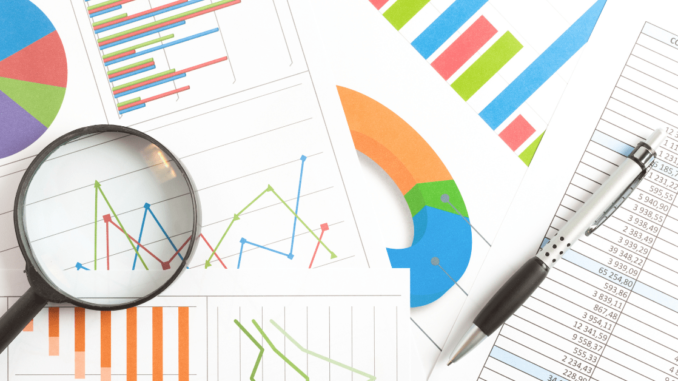
Four Essential Dashboards For Any Digital Marketing Client
Move over Excel and Google Sheets – now more than ever, it’s crucial to have dashboards upgrade reporting processes and enhance decision-making for any client in the digital marketing space.
Automated tables and visualisations are not only time-efficient, but also give everyone the option to analyze multiple channels, countries and campaigns in a single medium. Reporting and visualisation possibilities in dashboards are endless, but four key types of dashboards can elevate any business and familiarise them with foundational analytical capabilities:
Topline Performance
Every business wants to see how well they are performing daily, and sometimes hourly, as a result of marketing activities, changes in the industry and socio-economic turbulence. A Topline Performance graph gives a quick snapshot of how key indicators have changed over a given period, primarily reporting on the most crucial metrics when making business decisions. There isn’t much detail in such dashboards, as the main goal is quick decision-making rather than a comprehensive analysis of various channels, product groups, or pages. This type of dashboard works well with any number of markets that you can sift through using filters.
A Topline Performance dashboard uses one connection, usually an analytics platform like Adobe Analytics or GA4. It has 5-6 metrics in scorecard format, showing the actual values along with % differences within the set time range. It can have a few time series graphs to show the trajectory of the key metrics that easily portray where the business stands at a given point in time. These dashboards should also include one or two data tables showing actual values for ease of reporting.
Multi-Channel Single Country
Slightly more detailed than a Topline dashboard, Multi-Channel Single-Country dashboards show the input of each marketing channel and the fluctuations in their respective metrics, alongside a topline view of performance. This type of dashboard helps identify which channels deserve more investment in the short term. It usually requires many connections to cover ad-serving and analytics platforms.
These dashboards work best when they cover a single country to give a more coherent understanding of the business climate. Seeing the cost of each paid channel, and their contribution to overall revenue and traffic distribution among all channels can help drive marketing efforts in the direction of brand building, lead generation and quick capital gain.
Organic Search Performance
Any business, e-commerce or not, will be interested in monitoring its organic growth and performance. Independent of the fluctuations in marketing budgets, organic search is a key component of the marketing mix that stands the test of time which is why a dashboard dedicated to it alone is ever more essential. Changes in key metrics for SEO take longer to show, and weekly updates in data suffice during regular (non-promo) periods. SEO dashboards can have a variety of compartments such as keyword performance, landing page performance, competitor performance and user experience.
Any table or graph concerning keyword performance should be split into the brand and generic as they serve very different audiences and therefore, goals. Must-have metrics include rank, the share of voice, and traffic. clickthrough rate and bounce rate. Any report on organic search can act as a building block for a holistic search report covering both paid and organic activity. Ultimately, these two should work together and fill the gaps in each other’s domains to provide a single viewpoint.
Attribution Analysis
To fully unlock the potential of each marketing channel and its place in the customer journey, an Attribution Analysis dashboard can help identify where each channel should be positioned and when they should be activated to achieve different results. These dashboards usually compare 2-3 attribution models with each other to show which view favours which channels from a revenue-driving or lead-generation perspective. Such dashboards always have connections with analytics platforms and could report on paid media costs to present the findings in a more actionable way.
Would you like to discover more about using dashboards to maximize your business growth? Get in touch!
This post was written by Eda Salihoglu, Data and Analytics Manager at Kaizen.

Leave a Reply